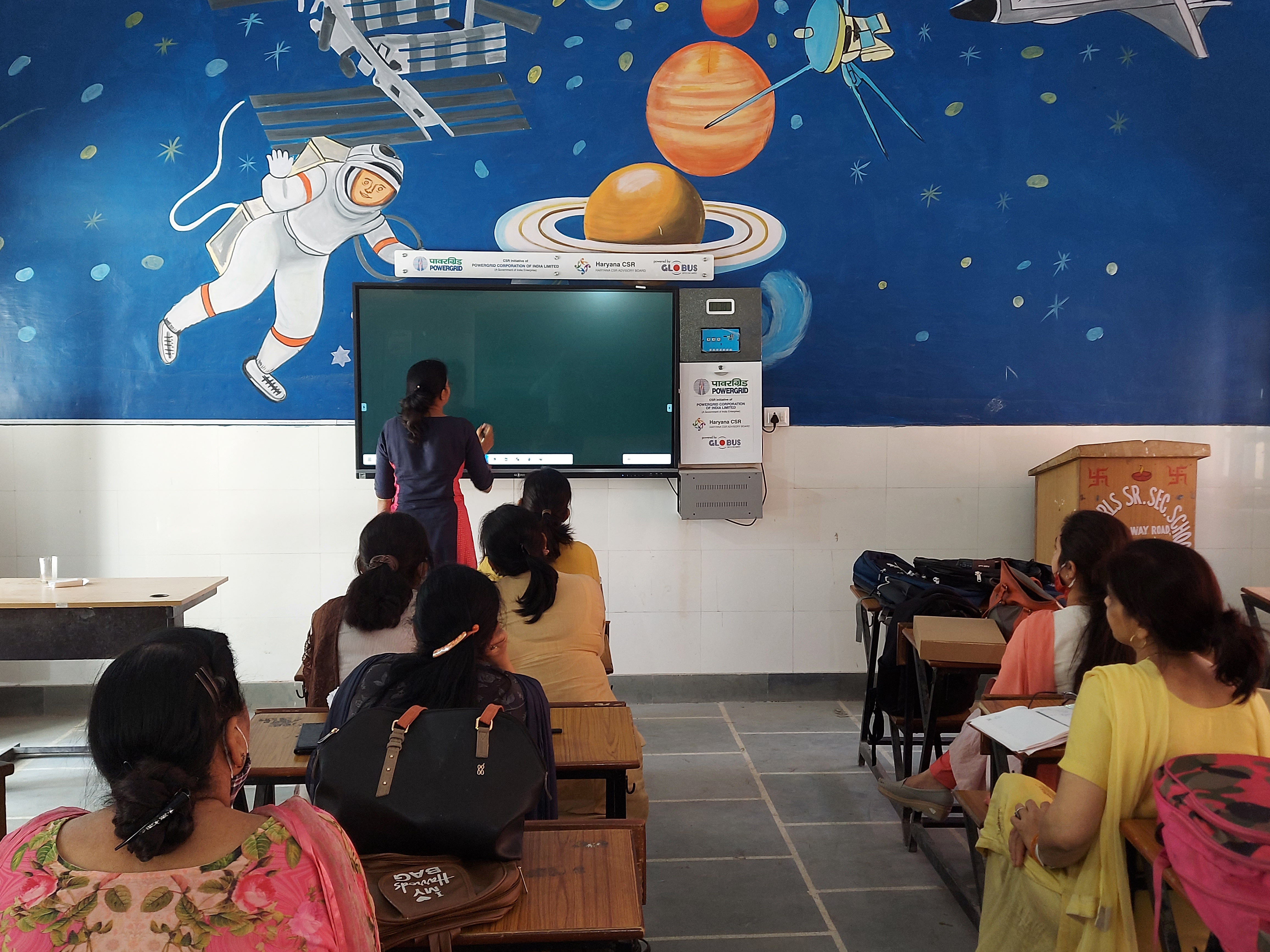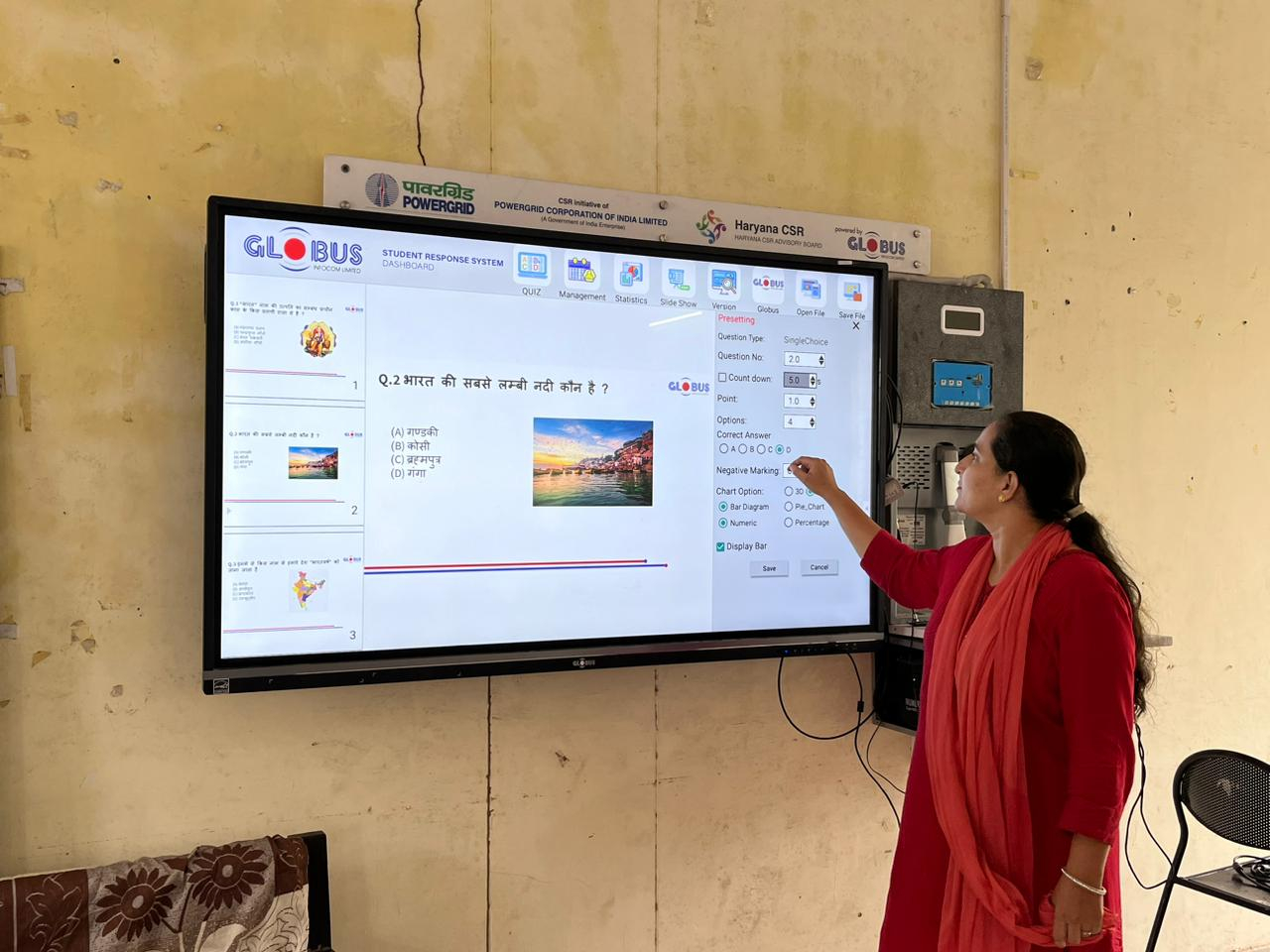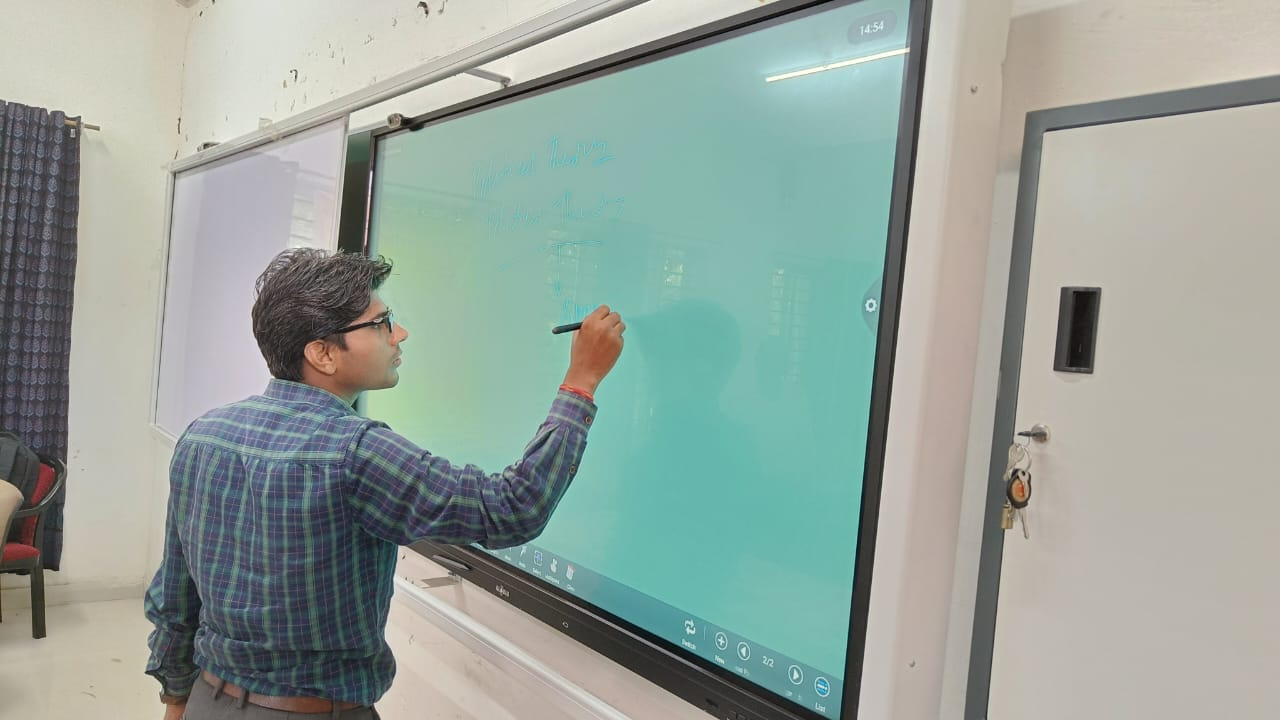- Description
-
Details
Education has always been a dynamic field, adapting to the evolving needs of society and the advancements in technology. In recent years, one of the most transformative innovations in education has been the advent of smart classrooms. These technology-enhanced learning spaces have the power to revolutionize education by creating more interactive, engaging, and effective learning environments. In this article, we will explore the power and potential of smart classrooms, examining their key features, benefits, and the future they hold for education.
Understanding Smart Classrooms
A smart classroom is a modern educational space equipped with technology to facilitate interactive and immersive learning experiences. Unlike traditional classrooms, which primarily rely on chalkboards and textbooks, smart classrooms incorporate a wide range of cutting-edge technologies and tools designed to enhance teaching and learning.
Key Features of Smart Classrooms
Smart classrooms incorporate several key features that set them apart from traditional classrooms:
-
Interactive Whiteboards: At the heart of smart classrooms are interactive whiteboards. These large touch-sensitive displays serve as digital canvases where teachers can project educational content, write notes, and engage with students in real-time. Interactive whiteboards make learning more dynamic and interactive.
-
Digital Projectors: High-resolution digital projectors are used to display visual content such as slideshows, videos, and interactive simulations. They provide a clear and vibrant viewing experience, making complex topics more accessible.
-
Audio Systems: Effective audio systems ensure that every student can hear the instructor clearly, regardless of classroom size. High-quality audio is crucial for understanding and engagement.
-
Interactive Software: Smart classrooms come equipped with user-friendly software applications that enable teachers to create, customize, and deliver engaging content. These applications support various teaching methodologies, including interactive quizzes and multimedia-rich presentations.
-
Internet Connectivity: A reliable internet connection is fundamental in smart classrooms, enabling access to a wealth of online resources, research materials, and educational websites.
-
Collaborative Learning Tools: Smart classrooms promote collaborative learning. Students can work together on projects, share their work on the interactive whiteboard, and engage in group discussions, fostering teamwork and critical thinking.
-
Remote Learning Integration: The ability to integrate remote learning tools is increasingly important in today's interconnected world. Smart classrooms can seamlessly connect with remote learners, enabling educators to reach students beyond the physical classroom.
-
Security and Control: Security is a top priority in smart classrooms. Robust security measures ensure that the technology used is secure, and educators have full control over content and access permissions.
The Benefits of Smart Classrooms
The adoption of smart classrooms offers a wide array of benefits for both educators and students:
-
Enhanced Engagement: Smart classrooms make learning more interactive and engaging. Interactive whiteboards and collaborative learning tools encourage active participation, leading to higher student motivation.
-
Improved Learning Outcomes: Visual aids, high-resolution projectors, and multimedia content enhance students' comprehension and retention of subjects, resulting in improved academic performance.
-
Personalized Learning: Smart classrooms empower educators to tailor lessons to individual student preferences and learning styles. This personalized approach ensures that each student's unique needs are addressed.
-
Access to Resources: Smart classrooms provide easy access to a vast array of online resources, research materials, and educational websites. This enriches the learning experience and encourages independent exploration.
-
Global Connectivity: Through remote learning integration, smart classrooms break down geographical barriers. Students and educators can connect with peers and experts from around the world, promoting cross-cultural understanding and collaboration.
-
Instant Feedback: Interactive software includes assessment tools that offer immediate feedback to both students and teachers. Timely feedback helps students identify areas for improvement, allowing educators to adjust their teaching strategies accordingly.
-
Eco-Friendly: Smart classrooms contribute to sustainability efforts by reducing the need for physical resources like paper. This eco-friendly approach aligns with the growing awareness of environmental issues.
-
Cost-Efficiency: While there is an initial investment in setting up smart classrooms, they can be cost-effective in the long run. Reduced printing and distribution costs, as well as enhanced resource sharing, can lead to savings over time.
Real-World Success Stories
The benefits of smart classrooms are not theoretical; they have been realized in numerous educational institutions worldwide:
-
Improved Academic Performance: Schools, colleges, and universities that have adopted smart classrooms report higher student performance and academic achievement. Active student engagement directly correlates with better understanding and retention of subjects.
-
Enhanced Teacher Productivity: Educators appreciate the tools provided by smart classrooms, which make lesson planning more efficient and teaching more effective. This, in turn, frees up time for educators to focus on individual student needs.
-
Global Reach: Smart classrooms have facilitated international collaborations and partnerships. Students can participate in joint projects and discussions with peers from different countries, broadening their horizons.
-
Inclusive Education: Smart classrooms are designed to be inclusive, accommodating various learning styles and abilities. This ensures that education is accessible to all students, including those with disabilities.
-
Student Engagement: The interactive nature of smart classrooms keeps students engaged and actively participating in lessons. This not only leads to better academic outcomes but also creates a positive learning environment.
Challenges and Future Directions
While the potential of smart classrooms is vast, there are challenges to overcome, including the initial cost of implementation, the need for teacher training, and ensuring equitable access to technology. However, these challenges are surmountable and often outweighed by the long-term advantages.
Looking ahead, the future of smart classrooms is filled with promise. Emerging technologies like augmented reality (AR) and virtual reality (VR) are expected to create even more immersive learning experiences. Additionally, data analytics will play a pivotal role in tailoring instruction to individual student needs, further enhancing the potential of smart classrooms.
Conclusion
Smart classrooms represent a paradigm shift in education, offering the potential to transform traditional learning environments into dynamic and interactive spaces. The benefits are wide-ranging, from enhanced student engagement and improved academic performance to global connectivity and environmental sustainability.
Institutions that embrace smart classrooms are not just investing in technology; they are investing in the future of education. As technology continues to advance, the possibilities for enhancing learning experiences are boundless. The power and potential of smart classrooms are not just theoretical; they are a reality that is already reshaping education for the better. The journey towards a brighter and more interactive future of learning has begun, and smart classrooms are leading the way.
Smart Classroom Images






-
- Reviews
-
Default welcome msg!

